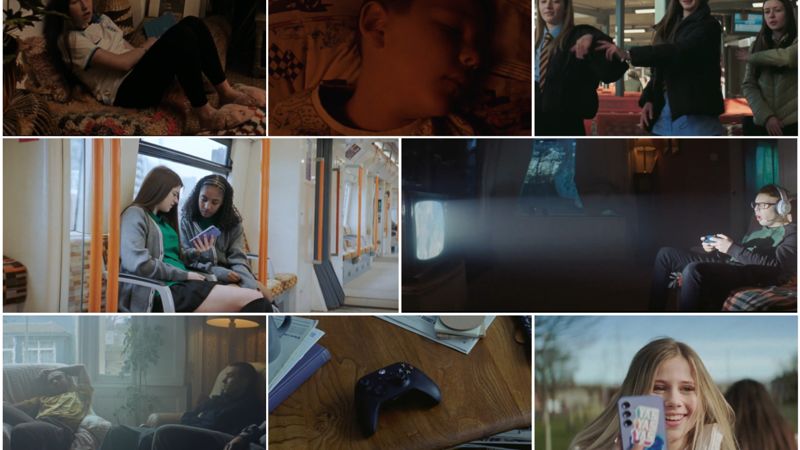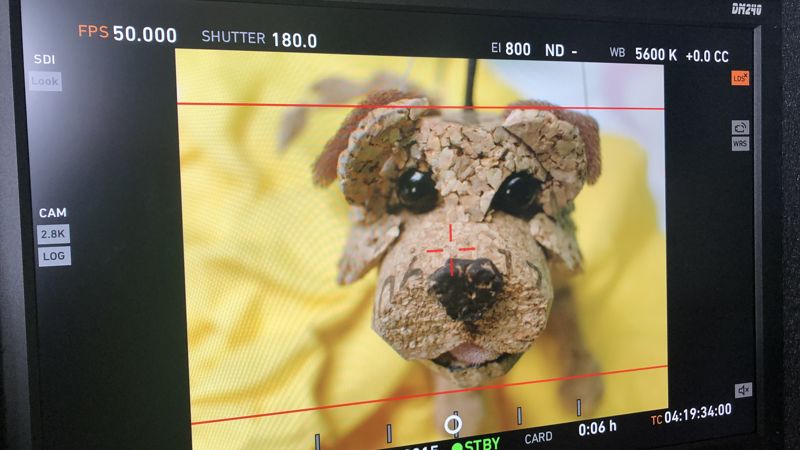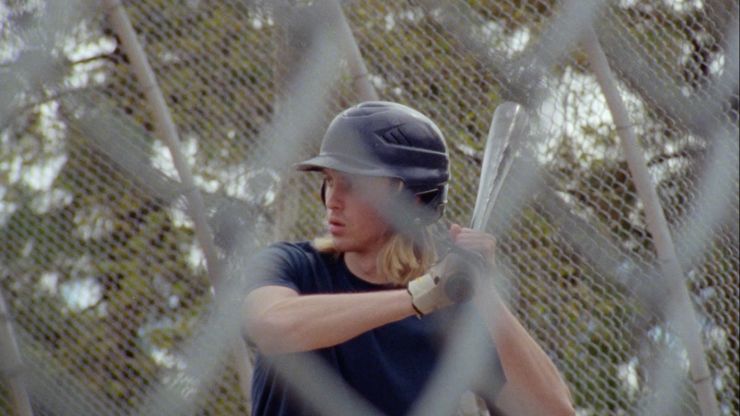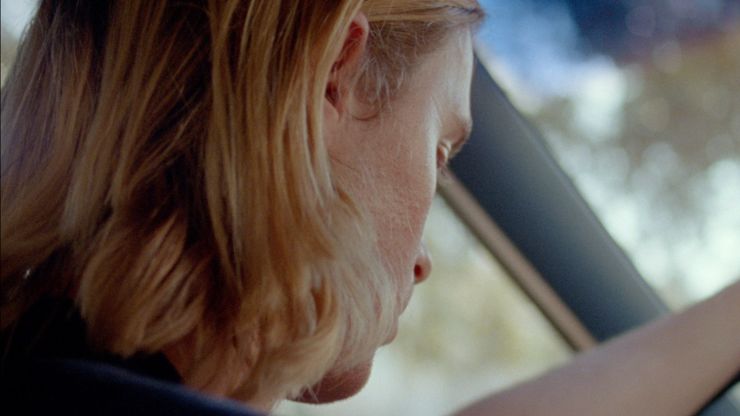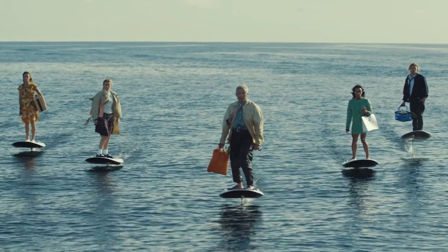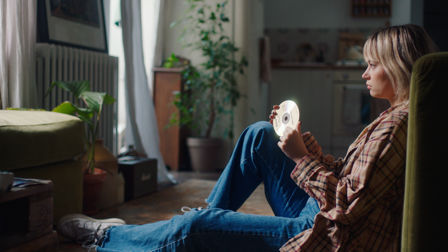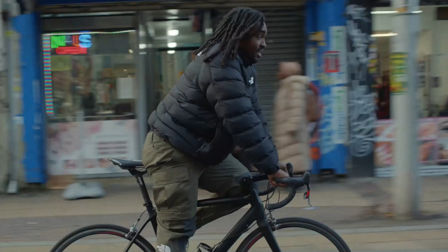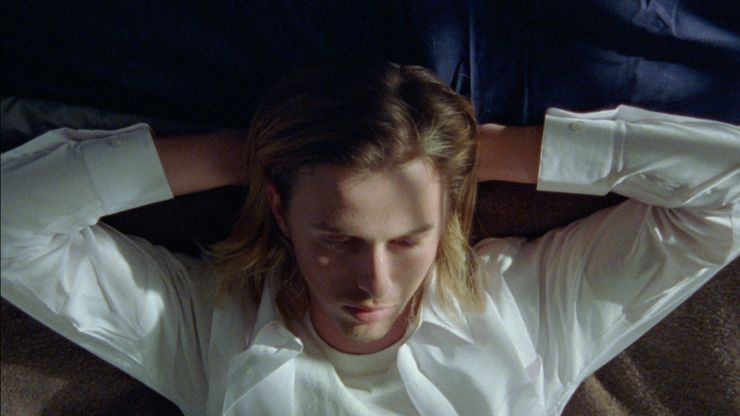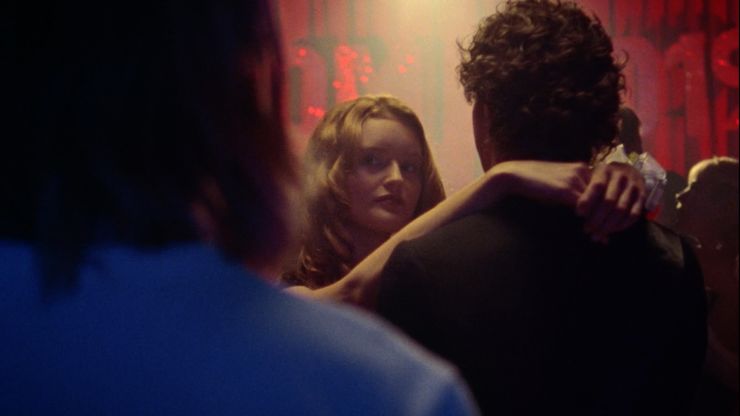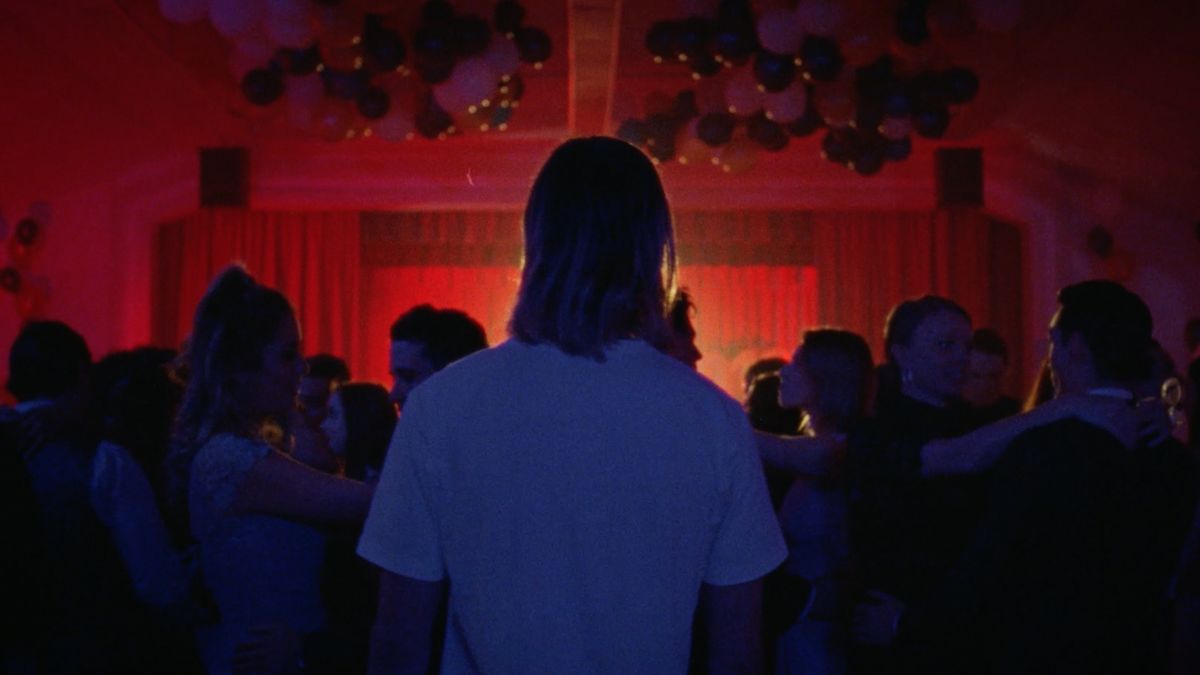Thilo Gundelach knows how difficult it is to be Yourself
A young director speaks about lessons learned during his first shoot after film school and what's next for his career.
While Thilo Gundelach may be just out of film school, the work he’s created on the short, uncommissioned film Yourself, speaks to a sensitivity and maturity behind the camera.
Yourself follows a young man as he struggles with his sexuality and eventually comes out to his crush. The movie is sweet and kind, and displays a lot of authenticity in how it handles queer issues.
We had a few moments with the director to ask him about some of the lessons he learned from his film shoot, as well as what stuck with him from his time at the academy.
You’re a young director, but Yourself shows a distinct visual language. How would you describe your directing style?
I am drawn to minimalism. I love contrast and I always try to be engaging, yet sensitive.
For me, filmmaking is about creating an experience. With every shot, every scene, I ask myself: What should it feel like?
I know you need a story, but filmmaking for me is closer to a piece of music or a painting rather than a book - it is highly subjective and always specific. Great films give you characters and their world. That is what I aim for. I am always looking for that nuance, that moment of truth.
Credits
powered by
-
- Production Company Filmakademie Baden-Wurttemberg
- Director Thilo Gundelach
-
-
Unlock full credits and more with a Source + shots membership.
Credits
powered by
- Production Company Filmakademie Baden-Wurttemberg
- Director Thilo Gundelach
- Composer Ruby Haunt
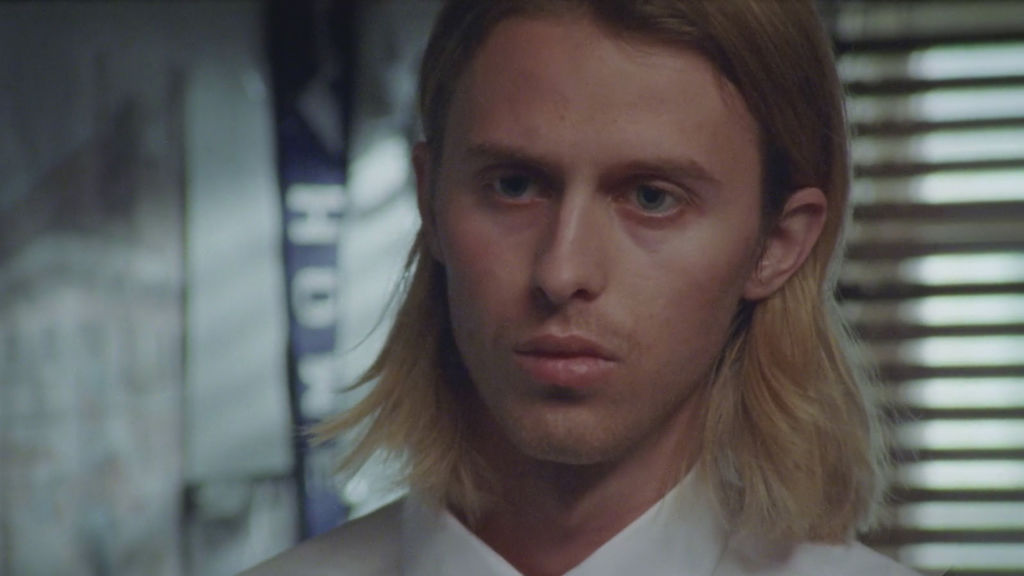
Credits
powered by
- Production Company Filmakademie Baden-Wurttemberg
- Director Thilo Gundelach
- Composer Ruby Haunt
What was the inspiration behind the story?
At Filmakademie Baden-Wuerttemberg, we were asked to come up with concepts all the time. I had the idea about two years earlier and it was more like a joke for a 30-second commercial. The high school underdog asks for the next dance at prom-but from the prom king, not the queen.
Everybody liked it, but I always wondered how to tell the story. What to emphasize, how it should feel? I was afraid to be too judgmental, too obvious. Over time my interest shifted towards the inner conflict and particularities of the underdog character rather than showing the prom. Highlighting what we have in common rather than stressing the differences. I knew I would lose the twist at the end, that I need more time and had leave the zone of high-concept commercials - but suddenly I loved this idea again.
I approached teenage angst by finding inspiration in the films by Gus Van Sant, especially Elephant and My Own Private Idaho.
When working with young actors do you have any tricks that you use to connect with them or give them the best direction?
Usually, it is about confidence. Either they have too much or too little. So for me, the key element is trust. Everything I do is an attempt to reduce distance. I want them to feel secure, knowing that I see them. I spend a lot of time talking to my actors about the project, about me, my motivation, and feelings. I’m showing them who I am.
A lot of young actors think they have to deliver no matter what. They put a lot of pressure on themselves, which prevents them from feeling free, ready, and in the moment. When that happens, everybody sees the acting on-screen.
For me, growing up in the 90s and early 2000s, LA triggers certain emotions and helps create a sense of nostalgia, even though the film is set in the present.
It’s my job as a director to open them up, to help them to let go of their restrictions so they can give themselves fully to the moment. Here, the only boundaries are by mutual agreement – respect is the utmost important - and your own moral integrity.
In Yourself I actually made the decision to be the acting partner for the fight scene in the beginning. I knew it had to feel as real as possible, so I used a lot more physical force to defend myself and we got pretty heated. I remember calling him a “blonde bitch.” Afterward, my shoulder hurt quite a bit. This was extreme, but it felt necessary and eventually did the job.
Why did you choose to shoot this in LA as opposed to a German location?
We wanted to build upon the romanticized feeling of American high school movies from the 90s, like Dazed and Confused. The decision to shot on-location was because we wanted to emphasize the texture and detail of LA. All the locations were in close proximity to each other as well, to add consistency.
As a student. you never have the budget, but you do have time. So I knew we would have a better chance to create a consistent world if we were on location, adding a little more flexibility. No way we could have done this in Germany.
For me, filmmaking is about creating an experience. With every shot, every scene, I ask myself: What should it feel like?
We decided on Los Angeles because we wanted the “generic” American feeling we know from films like Donny Darko or even American Beauty. I always thought they were shot somewhere further east and was surprised by how diverse the landscape of LA is. I guess for me, growing up in the 90s and early 2000s, LA triggers certain emotions and helps create a sense of nostalgia, even though the film is set in the present. The other, more practical reason was casting - there are not many places with such a concentrated amount of talented young actors.
In the early stages of shooting, what was something that you were taught during your time at the Filmakademie Baden-Württemberg that you put into practice? Did a particular lesson stand out as exceptionally valuable?
I remember one acting workshop with director Jill A. Samuels. We were taught some quick little tools how to activate or change the performance of our actors. How the littlest thing makes a difference - like working on posture or hand position. So, especially for the casting process, I used a lot of the tools to test how the main scene partners get along.
For finding the main cast we invited one candidate for the blonde (Luke) and one for the brunette (Daniel) to meet together. I then did some Meisner Technique exercises with them, which mostly started with asking them to look deeply into each other’s eyes. Then, one asks the other the first question that comes to mind, and the responder one has to repeat the question and answer it immediately before he asks a new question. The first person has to repeat the second question and then answer before asking a third question.
This can go on forever. It’s all about speed. You have to look each other in the eyes the entire time. The exercise is so much fun to watch and you can really get a feel for their readiness. Some candidates were literally not able to do that. Others looked away for an instant before asking a question - that’s when they jump out and prepare themselves as if winding up - which has a tremendous impact on the flow and later, the “scene,“ which might never come alive.
I learned that you have to be brutally honest and trust your gut feeling, otherwise your work will suffer.
I always remind actors to really listen to each other, to not think of the next step. That’s the hardest part, to persuade them to let go and assure them that it’s okay to ask a silly question or not to look cool, giving them space to open them up, allowing them to really be in the moment. To be awake, ready, and alert; which for me is key to the work of any actor. That was also my chance to test how I can help them or if they are too far away from me. For Yourself I somehow needed to get the feeling that I knew them. You have to be brutally honest, if there is no connection you will have a very hard time. The cast was not about the looks or how one arches his eyebrows.
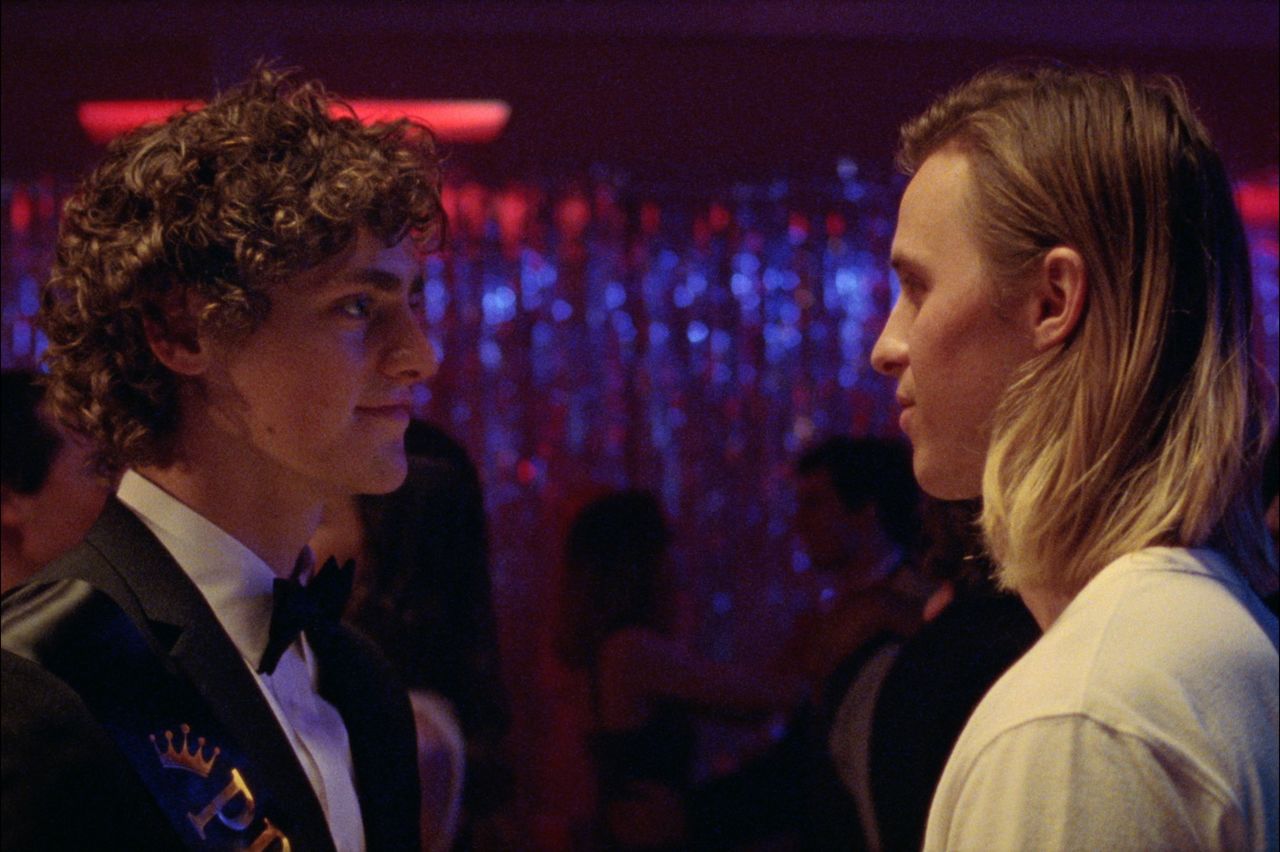
This piece shows a really great mastery of a lot of skills, but what was something you learned while shooting this piece?
When we first came to LA we only had five people and followed a more guerrilla-style/film-student approach, making use of our flexibility and being aware of our limited budget. Nevertheless, we ended up with a really tight shooting schedule because of the actors we cast. We found ourselves shooting the most difficult and sensitive scene on the first day, with no rehearsal. I thought “I have to deliver, and it will work either way,” but the pressure was so intense. Suddenly, I had the feeling that everything was slipping away.
Since we had limited film stock, we could only do it once. It was super risky, but I knew the actors were at their best at that moment.
I had to stop the shoot for the day (which was a first for me, and very hard lesson) because we were wasting our limited film stock. I sat down with the producers to work out a roadmap, which allowed me more time to work with the actors. I learned that you have to be brutally honest and trust your gut feeling, otherwise your work will suffer. You have to communicate to your team outside of narrow-minded “this-is-professional” assumptions in order to find your own way to express yourself.
What was the most rewarding part of creating this film?
Definitely that sense of community. The collaboration. How everybody, over the course of our adventure, found their place and flourished. It was like we were forming a band, performing like a veteran jazz ensemble. It truly was filmmaking with family and friends.
Looking back, I am especially amazed at how our main talent, Judson Stalter, opened up and found his rhythm. How he allowed me to help and guide him. I am really proud of the results. I will always remember that time somewhere in LA.
Did everything come out the way you expected? Was there something that came out better than you imagined, or vastly different in some way?
Due to some logistics and actor availability, we had to shoot the car scene on two different days, almost a week apart. As I saw the rushes from the laboratory in between, I got the feeling that we are missing some crucial moments and lacked intensity. So I took my chances and reshot the scene of the dialogue in the car. I decided to zoom in all the way over the course of the dialogue for a shot reverse shot. Since we had limited film stock, we could only do it once. It was super risky, but I knew the actors were at their best at that moment.
I took each one aside before their take and told them, that when Steffan Argus, the brunette, is leaving the car it means goodbye, forever. I sat with them in the back in the car and asked them to really take their time. It was as if the world stood still. Their performance was incredible. Looking back, I am still amazed that we pushed it that far.
I guess it’s only now that I consider myself a director, a filmmaker. I start now.
Another difficulty we had was shooting on film, which was a first for me. I was very skeptical in the beginning and it added a lot of pressure as I only had a shitty monitor and we were not able to afford a dailies-workflow. We literally had to wait till the end to see what we got. But when I first saw the scan by Fotokem, I knew all the stress was worth it. It really was mind-blowing. I remember giggling like a little kid. The color and texture, how the whole image is rendered, added a lot to that sense of nostalgia.
You’re currently unsigned. What kind of place do you think would be the best fit for you. What’s the vibe of the place you’re looking to be a part of?
Film school is over. While there, I worked on finding my voice and I tried not to care about the outside world. For me, school was a safe place with room to experiment, doubt, and fail. Others have already skyrocketed, teaming up with great production companies during their studies. I guess it’s only now that I consider myself a director, a filmmaker. I start now.
I have two personal feature-length projects in development and one unreleased work in postproduction. Right now, I am looking for mentors, who are truly interested in my talent and willing to fight for me. People who can connect me with creatives and clients to create outstanding work. I am looking for a family. I want to find friends to learn from and help me grow.
)
